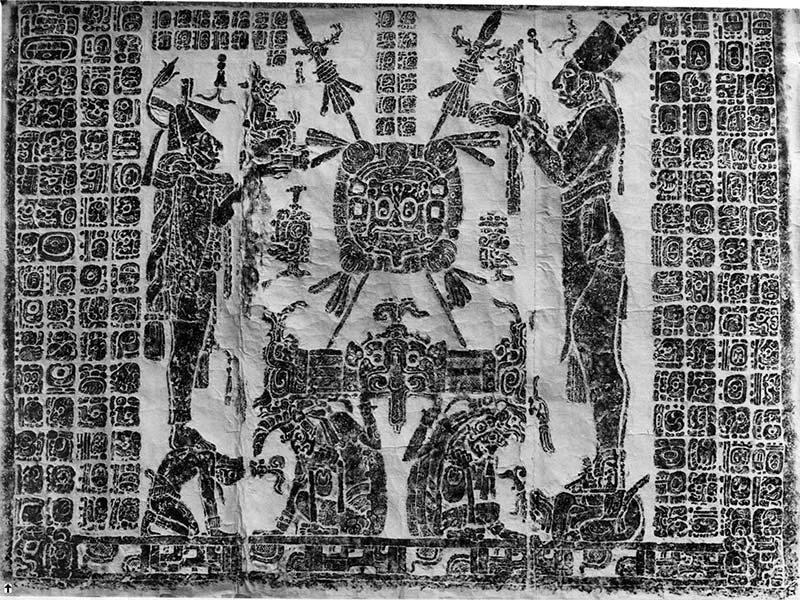Researchers solve ancient mystery of Maya calendar
The 819-day calendar used by ancient Mayans has long stumped researchers, but anthropologists from Tulane University may have finally deciphered its secrets.
Researchers long suspected the calendar followed astronomical events, specifically how long it takes a planet to appear in the same place in the night sky as seen from Earth, known as the synodic periods of planets. But, according to the study published in Ancient Mesoamerica, the cycles in the Maya calendar cover a much larger time frame than scholars previously thought.
“Although prior research has sought to show planetary connections for the 819-day count, its four-part, color-directional scheme is too short to fit well with the synodic periods of the visible planets,” wrote anthropologists John Linden, a Tulane alumnus, and Victoria Bricker, PhD, professor emerita at Tulane University School of Liberal Arts. “By increasing the calendar length to 20 periods of 819-days, a pattern emerges in which the synodic periods of all the visible planets commensurate with station points in the larger 819-day calendar.”
Previously, researchers thought the calendar referred to four cycles of 819, but that time span didn’t sync neatly with the synodic periods of all the planets that can be seen with the naked eye: Mercury, Venus, Mars, Jupiter, and Saturn. The researchers discovered it takes 20 cycles of 819 days, which is about 45 years, to align with the synodic periods of all visible planets.
Within 20 cycles, each planet goes through some number of synodic periods a whole number of times: Mercury every cycle, Venus every 5 cycles, Saturn every 6 cycles, Jupiter every 19 cycles, and Mars every 20 cycles.
Each synodic period is less than 819 days, but only Mercury has one that happens a whole number of times within a single cycle. Combining the cycles allows for prediction of the placement of the planets, which Linden and Bricker say is also connected to important dates and celebrations.
“Rather than limit their focus to any one planet, the Maya astronomers who created the 819-day count envisioned it as a larger calendar system that could be used for predictions of all the visible planet's synodic periods,” the authors wrote.
This research is a key part of understanding how the ancient Maya studied astronomy and is part of a decades-long quest to understand the complexity of ancient Maya calendars.

